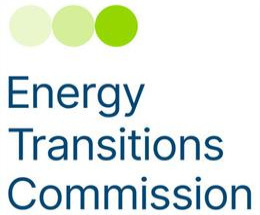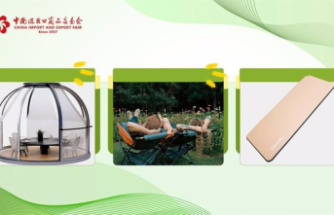CHICAGO—Diehard water-skier and wakeboarder Jay Fieser has his sights set on buying a boat in a few years, but the super-tricked-out, six-figure models he’s been eyeing just aren’t in the 20-year-old’s budget.
Not only is this a problem for Fieser, it’s also a challenge for the boating industry, whose typical customer is the more deep-pocketed baby boomer.
Like most consumer-driven industries, boat manufacturers and dealers are working hard to reel in the coveted 18-to-34-year-old set.
U.S. retail sales of recreational boats, marine products and services totalled $36 billion (U.S.) in 2015. Recreational boat sales plunged 60 per cent during the recession but are now 20 per cent shy of pre-recession levels, according to Thom Dammrich, president of the National Marine Manufacturers Association, a trade group.
Boat makers want to leave those kinds of numbers in their wake, and hope to do so by upgrading boat design and technology and promoting boat clubs and boat sharing to appeal to a generation that in recent surveys has shown more interest in cycling and camping than fishing and water sports.
But there’s one problem the industry acknowledges it can’t fix: Many millennials are saddled with college debt and still living at home. They are marrying and buying homes later, and some are in no rush to buy a car, much less a discretionary item like a boat. While some models can be had for as little as $15,000, prices can easily jump to $95,000 with all the bells and whistles.
That’s where boat sharing, part of the so-called sharing economy, comes in.
“What we are seeing — boat rentals, boat clubs, boat sharing — are ways that we are working to get millennials on the water,” Dammrich said. “If we get them hooked on boating now, sooner or later they’ll want to buy a boat.”
John Giglio, CEO of Freedom Boat Club, a boat-sharing club with 117 locations across the country, has seen his millennial membership grow from 5 per cent five years ago to between 20 per cent and 30 per cent last year.
“Millennials in general have a rap as a group that don’t want to own anything,” Giglio said. While baby boomers are focused on ownership as a status symbol, millennials are “content with having access to boats or cars because the endgame is usage,” he added. “If they have access to it, they don’t necessarily need to own it.”
Tagged the “Uber of boats,” website Boatbound offers boat rentals from roughly $200 per day for a fishing boat to as high as $7,500 per day for a captained powerboat, with a galley and shower, that fits up to 12.
When it does come to considering a purchase, younger buyers are discovering these aren’t their parents’ boats.
Manufacturers are creating sexier products, such as wake-sport boats built specifically for an active, younger generation.
Updated technology on sport boats includes large state-of-the art speakers and models that come with a wristwatch that allows someone on a wake board or water skis to control the boat’s wake.
Looks matter too — many of the newer models geared toward millennials come in bold colours with sparkles and bright stripes meant to turn heads on the water. The newest sporty model from MasterCraft has sleek silver racks meant for holding equipment such as water-skis and wakeboards.
At the same time, for younger consumers who are not yet in their prime earning years, manufacturers are making more affordable personal watercrafts to appeal to this generation. Some models, such as BRP’s Sea-Doo Spark, start around $5,000.
Dealers and industry watchers compare buying a speedboat to buying a car, with financing and low interest rates.
That’s promising for Fieser, who grew up boating near his family’s home in Hebron, Ind.
His plan is to buy his own boat in the next two years or so, something faster and cooler than what his parents have, he said. He’s considering buying a boat in the $15,000 range and probably a used one, he Fieser said.
“It depends on what I can find,” he said. “Some of the bigger boat companies are coming out with boats that are more . . . affordable . . . with good technology at a good price.”
Manufacturers and dealers hope that strategy — equipping snazzy-looking boats with technology — catches the eye of more consumers like Fieser.
On some craft, iPads control lights, the speedometer, fuel gauges and other essentials. Some models are synced for Bluetooth and include extra USB plugs for passengers’ devices. And in some, a joystick is installed to make docking easier.
MasterCraft just introduced a water-sport boat that will allow wakeboarders, wake-surfers and water-skiers to create or “sculpt” their own wakes from software on the boat. Still, at an aspirational starting price of $80,000, it is more likely to be purchased by parents of water-loving young people than millennials themselves, according to Chris Sullivan, a business development manager with MasterCraft.
The recession was crushing to the boating industry, according to Jeff Nielsen, a sales manager at Nielsen Enterprises.
Since the election, however, Nielsen has seen a spike in sales, he said. “They are climbing. They are coming back.”
The Toronto Star and thestar.com, each property of Toronto Star Newspapers Limited, One Yonge Street, 4th Floor, Toronto, ON, M5E 1E6. You can unsubscribe at any time. Please contact us or see our privacy policy for more information.
Our editors found this article on this site using Google and regenerated it for our readers.













